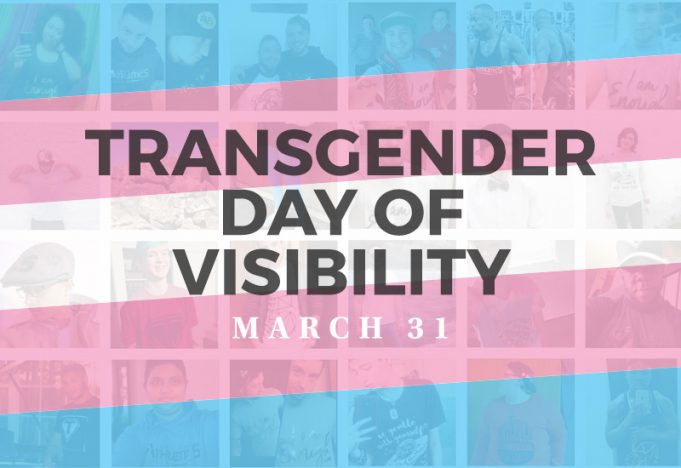“Affirming a transgender child’s identity is one of the best things a parent, teacher, or doctor can do to help keep children from harm….” President Biden

By: Miriam E. Delphin-Rittmon, Ph.D., Assistant Secretary for Mental Health and Substance Use
As a clinical psychologist, academician, and government leader, I have focused on ensuring that mental health care services and policies are culturally responsive, evidence-based and in the best interest of those receiving services. Providing timely, appropriate, and evidence-based treatment vastly improves outcomes and can help save our young people from suicide ideation and attempts. I want to share what we know works to best engage Lesbian, Gay, Bisexual, Transgender, Queer/Questioning and Intersex (LGBTQI+) youth as well as the resources we have for them, their families, providers, community organizations, and government agencies.
Lesbian, gay, bisexual, and other sexual orientations are normal variations of human sexuality and are not mental disorders. Similarly, transgender, non-binary, and other gender identities are normal variations of human gender and are not mental disorders.
We know that supporting and affirming LGBTQI+ youth are the best actions mental health providers, families, friends, school personnel, and community leaders can take. Strong evidence shows that family acceptance helps protect against depression, suicidal behavior, and substance use as well as promote self-esteem, social support, and overall health experience for LGBT youth.1 We also know that family rejection can lead to significant inequities in LGBT youth behavioral health.2 LGBT young adults who reported high levels of family rejection during adolescence were:
- 8.4 times more likely to report having attempted suicide
- 5.9 times more likely to report high levels of depression; and
- 3.4 times more likely to use illegal drugs
compared with peers from families that reported no or low levels of family rejection.3
Research also indicates that higher rates of substance use and suicidality are partly explained by experiences of discrimination, victimization, and higher rates of depressive symptoms reported by transgender and gender diverse adolescents as compared to those who do not identify as transgender or non-binary.4 For example, implementation of a state-level nondiscrimination policy prohibiting private health insurers from discriminating based on gender identity appears to be associated with decreased or no changes in suicidality among gender minority individuals living in states that implemented these policies.5 READ MORE!









